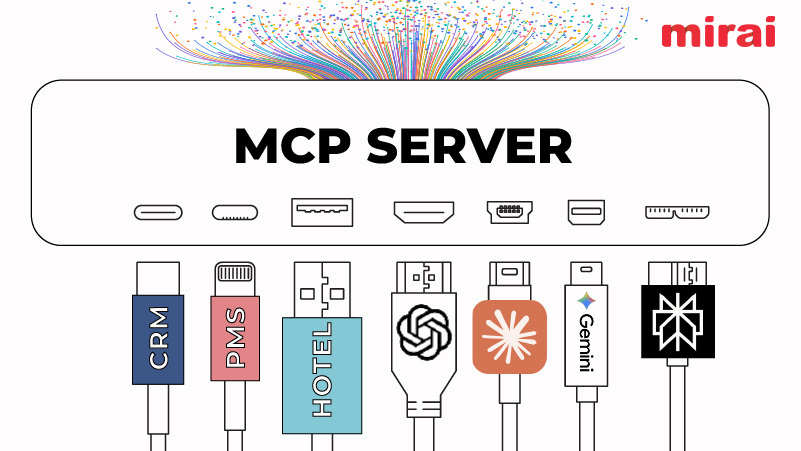
NB: This is an article by Katie Colangelo, Director of Business Development at Ve Interactive
Hoteliers have a lot of room to improve in 2016 when it comes to converting direct online traffic.
In an effort to avoid paying online travel agent commissions of 20 percent or more, hotel marketing teams are increasingly investing in digital advertising campaigns to drive traffic directly to their sites. While attracting more unique monthly visitors is a necessary step for hotels looking to increase direct online booking, the average abandonment rate for hotel sites is a whopping 77 percent! Needless to say, too much traffic isn’t converting.
Marketers often shrug their shoulders at this statistic, arguing that high quantities of lost customers are part of the travel business. Their reasoning goes something like this: It’s well known that people check close to 40 different sites on average over a 6-week period before booking their trip. Whether consumers end up picking one hotel over another is based on factors largely out of a marketer’s control.
Making a sale to every visitor that arrives at a hotel site is certainly a less than realistic goal. Still, this type of reasoning is counterproductive. Even the smallest marketing improvements geared towards increasing conversions can have substantial impacts on a hotel’s bottom line.
Having worked with hundreds of hotels worldwide, it’s clear that hotel marketers can almost always do more to both decrease the number of customers who leave their site before purchasing, and increase the effectiveness of their campaigns to re-engage abandoned visitors. Here are five specific areas where hoteliers have the most opportunity to improve conversions through their direct online sales channel:
1. Be upfront about hidden costs, and don’t get greedy with the administration fees!
When a customer not only visits your hotel site, but gets to the final steps of booking, the last thing you want to do is aggravate them with surprise fees. I still see far too many hotels add substantial extra changes at the very end of the purchase process.
Be upfront with the customer early on about the total cost of their booking, and only make extra charges that are absolutely necessary! Items like foreign taxes are unavoidable, but you can do without billing for “administration fees” and miscellaneous “booking charges.”
If a potential customer leaves your site, the next place she will likely go is an OTA to explore better deals. Foregoing the revenue from optional extra charges can help you avoid losing the business to a competitive hotel.
2. Make sure the message and content you’re showing is seasonally appropriate
Many hotels, particularly smaller ones, don’t properly update the marketing content on their sites to reflect seasonal changes. If you’re a ski resort, and people are looking to book a winter vacation, offering them a free ski pass promotion with a one-week booking can help sweeten the deal. But this same promotion will not make any sense to a customer if it’s offered during summer months.
Update the messaging on your site regularly to ensure it’s seasonally appropriate. If customers feel like the site content is irrelevant or just doesn’t make sense, they will be more likely to get confused and continue their hotel search elsewhere.
3. Use on-site re-engagement notifications to highlight existing information the customer might have missed
Don’t let a customer leave your site without serving an overlay message, set to appear automatically when a visitor has been on one page for a certain period of time, tries to close the browser window, or takes another action that signals pending abandonment.
Read rest of the article at: eHotelier




